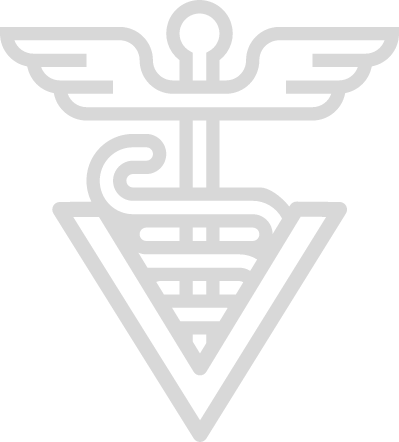
YOU ARE OBSERVING
Bubble of Soft Swelling on Outside &/or Front of Hock
Summary
"Bubbles" of fluid accumulation around the hock can indicate fluid accumulation within specific joints or tendon sheaths. Each of these accumulations means something different for the health of the horse.
A firm fluid accumulation on the outside (lateral) upper part of a horse’s hock is commonly known as a "thoroughpin". It is a fluid-filled swelling within the flexor tendon (tarsal) sheath that encloses the flexor tendons as they run through the hock.
A “bog” is the horseman's term for a fluid accumulation within the top joint of the hock, which is found lower and a bit further forward than a thoroughpin and is also visible at the front of the hock.
For any of these swellings, the horse may or may not be lame, as accompanying lameness depends on the nature of the underlying cause.
-
Code Orange
Call Your Vet at Their First Available Office Hours- If you notice lameness in addition to this sign.
- If you feel the problem is severe or has come on suddenly.
-
Code Yellow
Contact Your Vet at Your Convenience for an Appointment- If you do not notice lameness or pain, only a swelling.
- If the swelling is mild or moderate, and not increasing rapidly.
your role

What To Do
Monitor the horse for lameness and change in the appearance of the swelling over time. Compare the swelling on the affected leg to the other leg. Assess your horse’s general health using the Whole Horse Exam (WHE), and call your vet with your findings and concerns.If you are considering the purchase of the horse, always have your vet perform a purchase exam. In that exam, they determine the significance of these swellings.
What Not To Do
Do not assume that a "bog" or "thoroughpin" (or any other swellings in this area) are benign and can be ignored. Sometimes they result from an underlying disease that requires diagnosis and treatment.NEVER purchase a horse with a swelling here without a veterinary pre-purchase exam!

Skills you may need
Procedures that you may need to perform on your horse.
your vet's role

- What is the age and breed of the horse?
- Is the horse limping or lame?
- If the horse is lame, how lame?
- When did you first notice the swelling?
- How does the swelling compare to the opposite limb?
- What does the horse do for a living?
Diagnostics Your Vet May Perform
Figuring out the cause of the problem. These are tests or procedures used by your vet to determine what’s wrong.
Diagnoses Your Vet May Consider
The cause of the problem. These are conditions or ailments that are the cause of the observations you make.
Treatments Your Vet May Recommend
A way to resolve the condition or diagnosis. Resolving the underlying cause or treating the signs of disease (symptomatic treatment)
